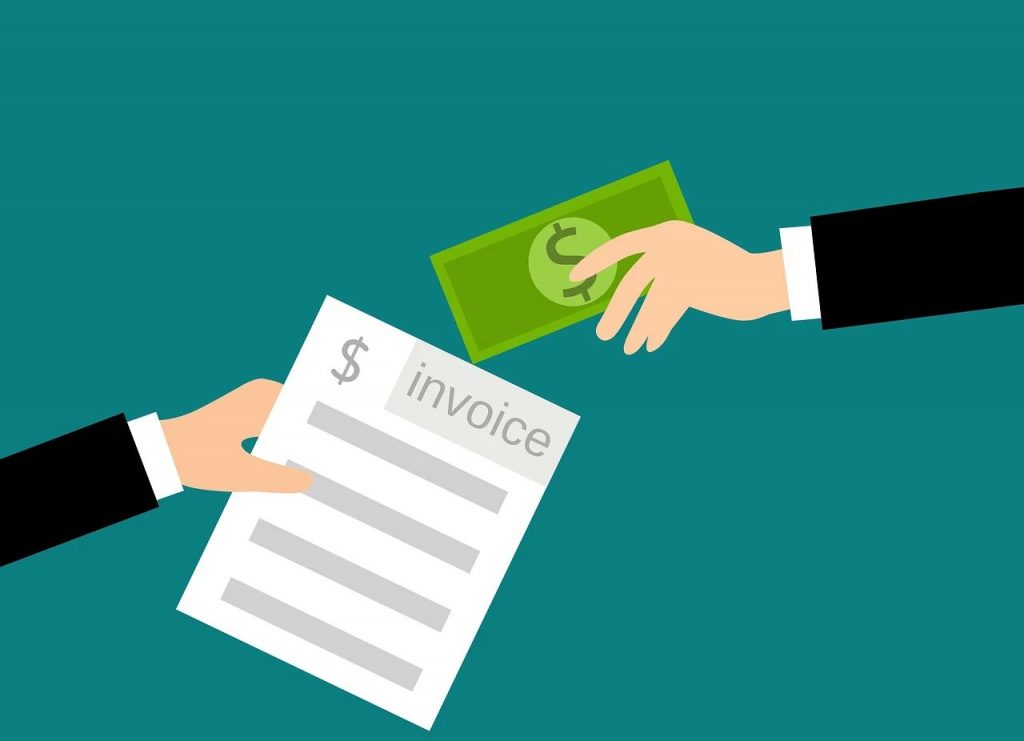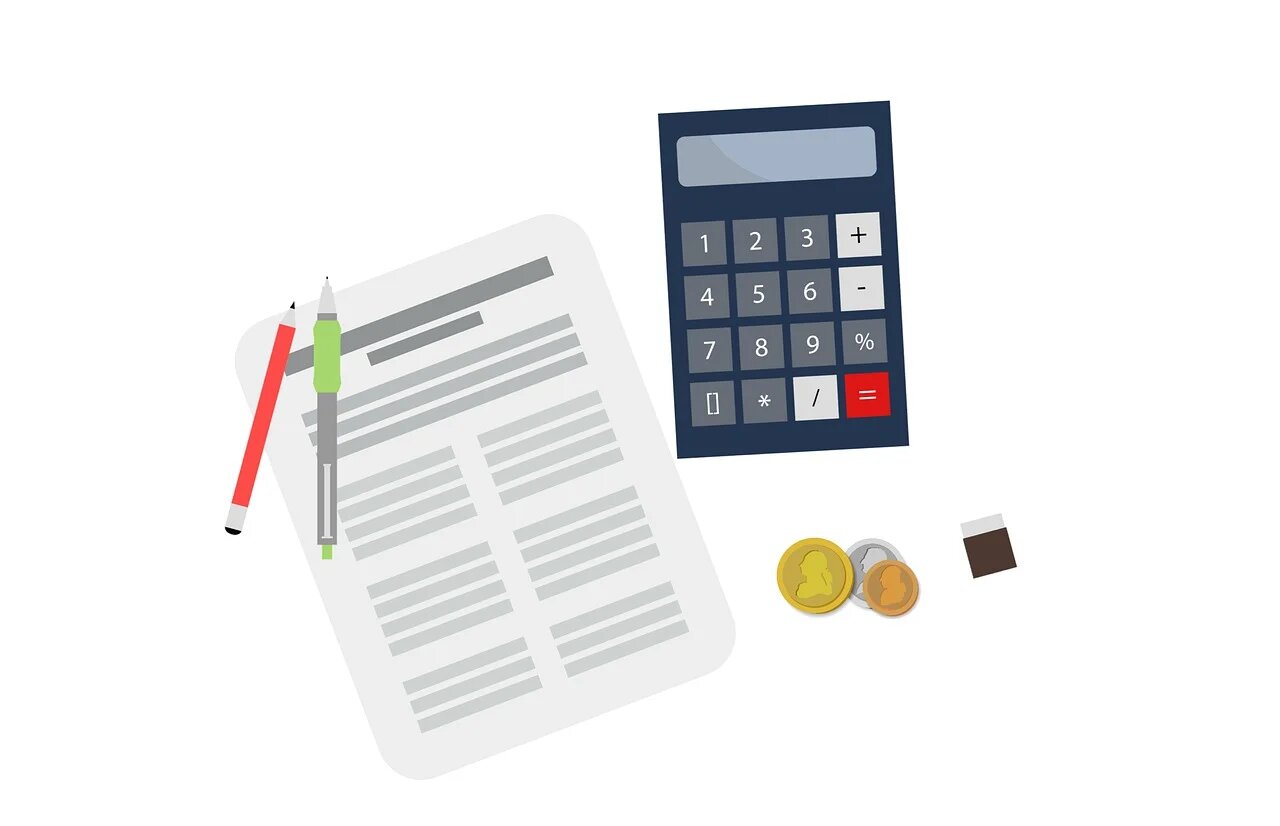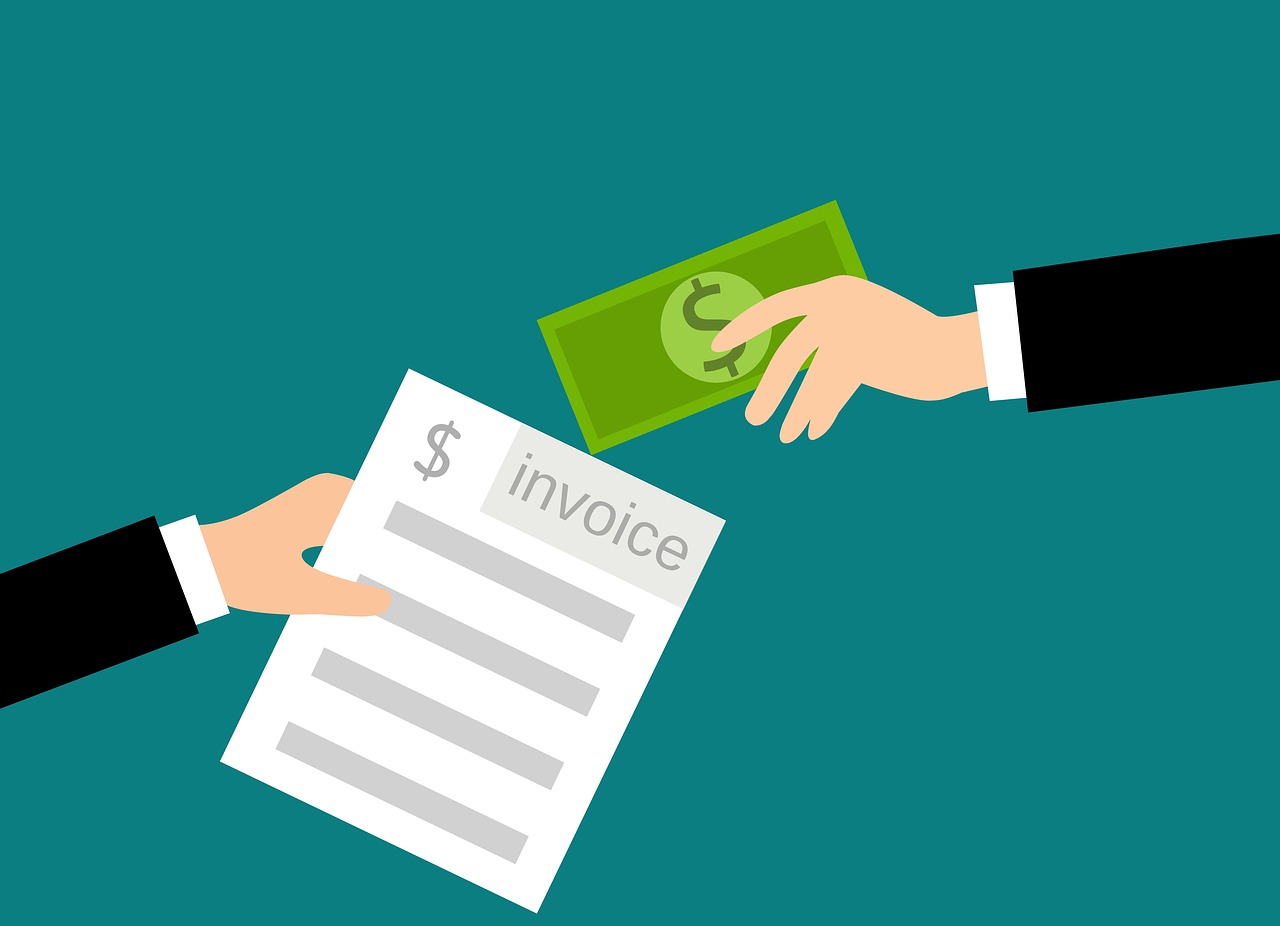What Does Net 30 Mean on an Invoice?
In every business, invoices serve a critical role. They keep track of what’s sold and bought and, importantly, detail the payment terms. Among these terms, one stands out: Net 30. But what does this mean? Simply put, it signifies that payment is due 30 days after the delivery of goods or services. However, there’s more to it.
Understanding financial terms like Net 30 can be a game-changer for managing your business’s cash flow and vendor relationships. This knowledge doesn’t have to be hard to acquire, especially with tools like
Saldo Invoice, a platform dedicated to making invoicing simple and efficient.
In the following sections, we’ll go deeper into Net 30 and other related terms, equipping you to make the right choices for your financial well-being.

Explanation of Common Payment Terms Used on Invoices
When you look at an invoice, you’ll likely see a term defining when the payment is expected. This is far more than just a number or a date—it’s a set of rules governing how and when the transaction will be completed. It’s an important part of any business transaction, influencing everything from cash flow to relationships with clients.
Invoicing jargon made easy
Payment terms might seem like a secret language at first, but once you understand the key phrases, it’s much easier to manage your business’s financial transactions. Here’s a quick rundown of some of the most common terms you’ll encounter:
- Due on receipt: The buyer is expected to pay as soon as they receive the invoice.
- Net 7: Full payment is due seven days after the delivery of goods or services.
- Net 10: Payment must be made within ten days from the date on the invoice.
- Net 60: The buyer has sixty days from the invoice date to clear their account.
Understanding these terms makes it easier to plan your finances and meet your obligations promptly. Here’s a quick reference list of common billing terms:
- Due on receipt;
- Net 7;
- Net 10;
- Net 30;
- Net 60;
- 2/10 Net 30 (2% discount if paid in 10 days, otherwise full amount due in 30 days).
These terms provide a frame of reference for businesses to understand their payment responsibilities and deadlines. Notably, some terms even offer incentives for early payment, such as the 2/10 Net 30, rewarding faster payers with discounts.
The role of payment terms in business transactions
The choice of payment terms in an invoice can significantly impact a company’s cash flow and budgeting, along with its relationships with customers and vendors. For instance, short payment terms like Net 7 can keep cash flow steady but might be challenging for some customers, impacting the business relationship. Conversely, longer terms like Net 60 provide customers more time to pay but could strain a business’s cash flow.
Adhering to the agreed terms ensures smooth transactions and fosters business rapport. This positive relationship can lead to more flexible terms in the future or even discounts on purchases. Thus, understanding and fulfilling payment conditions can contribute to an efficient and fruitful business operation.

Focus On Understanding the Meaning and Significance of “Net 30”
In the business world, Net 30 is a term you’ll frequently encounter. It’s a common payment term with significant implications for buyers and sellers. Understanding its meaning and significance can help businesses manage their cash flows more effectively.
Breaking down ‘Net 30’
At its core, Net 30 is a credit term used in business where the customer has 30 days to pay the full amount after the product has been delivered or the service has been completed. The countdown typically starts from the invoice date, not from the date the invoice is received.
This term is particularly important for the vendor, as it can greatly affect their cash flow and financial planning. On the one hand, offering a Net 30 term might encourage customers to choose them over competitors due to the provided credit period. On the other hand, it means the vendor will have to wait for the payment for up to 30 days after delivering the goods or services.

Why choose Net 30? Advantages and challenges
Choosing to offer Net 30 terms can be a strategic move for a business, but it’s important to weigh the advantages and challenges associated with it.
Advantages of Net 30:
- Improves customer relationships by offering flexibility in payments.
- Attracts more customers due to the extra time to manage their funds.
- Can give businesses a competitive edge.
Challenges of Net 30:
- The waiting period for payment can create cash flow issues, especially for small businesses.
- There’s always a risk of late payment or non-payment.
- Managing credit can require extra administrative work.
Despite the challenges, the benefits of Net 30 often outweigh them for both buyers and sellers. However, careful consideration and solid financial management practices are necessary to mitigate potential risks. For businesses looking to streamline this process, tools like the
Invoice Generator can be a vital aid. By helping to manage invoice creation and tracking, these tools ensure businesses can efficiently handle payment conditions like Net 30.
Clarifying the Terms and Conditions Associated with “Net 30”
When a seller sets Net 30 as the payment condition, it means that the buyer is expected to remit payment in full within 30 days of the invoice date. Now, some key terms and conditions generally associated with Net 30 include:
- Payment Due Date: This is typically 30 days from the invoice date, not the receipt of the invoice or the delivery of goods or services.
- Late Payment Penalties: If a buyer fails to make the payment within the 30-day window, they may incur late fees or interest, usually defined by the seller.
- Early Payment Discounts: Sometimes, to encourage prompt payment, sellers offer discounts for payments made before the 30-day period.
These are just a few standard terms, but they can vary based on the specific agreement between the buyer and seller. It’s crucial to review these terms thoroughly before entering an agreement to avoid any potential confusion or disputes down the line.
To further illustrate these concepts, take a look at this
Net 30 Invoice Template provided by Saldo Invoice. It’s a practical example that clearly outlines these typical terms and conditions, offering a great reference for businesses venturing into Net 30 invoicing.
Implications for Cash Flow and Business Operations
A business needs to carefully consider its billing terms as they can directly affect cash flow and operations. These terms, like Net 30, dictate when money comes in and goes out and can significantly impact a business’s ability to pay bills, purchase inventory, or even meet payroll.
The impact of Net 30 on business cash flow
The Net 30 term gives customers a 30-day interest-free loan. On the one hand, this can be a competitive advantage, potentially attracting more customers who appreciate the flexibility. On the other hand, it means waiting up to a month to receive payments for goods or services already delivered.
In an ideal scenario, all customers would make payments promptly at the end of the 30-day period, keeping the business’s cash flow predictable and consistent. But reality often varies. Early payments can result in a pleasant surprise of extra cash on hand, but late payments could create cash flow issues, making it harder to meet operational expenses.
Mitigate the risks associated with Net 30
Despite the potential challenges of a Net 30 payment term, a business can take several steps to minimize risk and ensure a smoother cash flow.
Firstly, clear communication is key. Ensure that customers understand the terms up front, including any late payment penalties or incentives for early payment. Secondly, regular invoice tracking can alert you to customers who regularly pay late, allowing you to address the issue before it becomes a larger problem.
Another effective strategy is to offer a small discount for early payment, incentivizing customers to pay before the deadline. Alternatively, for late payers, consider implementing a late fee to discourage delays in payment.
Remember, while Net 30 is a common term, it’s not the only option. Consider your business’s needs, customer habits, and financial cushion when deciding on your billing conditions. In the next sections, we’ll explore alternative payment terms and when they might fit your business.

Alternatives and Variations of Payment Terms Commonly Used in Invoices
Each term has its unique implications on your cash flow timing, which can significantly affect how you plan and operate your finances. The benefits of these choices are twofold. Firstly, they give you more control over your incoming and outgoing payments. Secondly, they assist in fostering healthier relationships with both your clients and suppliers.
Alternatives to Net 30
Though Net 30 is a common term, it’s not the only option on the table. Your unique business needs and circumstances might be better suited to alternative terms such as Net 45, Net 60, or even immediate payment upon receipt.
To illustrate, here are a few alternatives that might be a better fit for your business:
- Net 45: This term requires full payment 45 days after the invoice date, granting a longer window for your clients to gather funds.
- Net 60: Extending the term further, Net 60 requires full payment 60 days post-invoice, offering your clients even more flexibility.
- Due Upon Receipt: Conversely, this term demands full payment as soon as the invoice is received, accelerating your cash flow.
Remember, each term carries its unique set of implications on your business’s cash flow, client relationships, and financial planning. To further help you visualize, check out some
Invoice Templates to understand how different terms could appear on your invoices.
The ideal payment term for your business
The process of selecting a payment term is not to be rushed or taken lightly. It calls for a thoughtful analysis of your business standing, your relationships with both suppliers and customers and your overall strategy for cash flow management.
When deciding on the payment term, consider these factors:
- Your customers’ financial health: If you deal with other businesses, you might need to accommodate their payment cycles and financial status.
- Your cash flow requirements: If your business operates with a thin cash margin, you might need to opt for shorter payment conditions.
- The nature of your goods or services: Certain products or services might necessitate different payment terms.
With these considerations in mind, you’re more equipped to pick billing conditions that align with your cash flow needs while maintaining positive customer and supplier relationships.
The consequences of different payment terms
Before finalizing a decision on your payment terms, it’s important to comprehend the potential implications that each term may have. These effects aren’t just limited to your business; they also impact your customers and your overall relationship with them.
Here are some potential consequences to keep in mind:
- Cash flow: Longer payment terms improve customer relations, but they could also delay cash coming into your business.
- Customer relationships: Shorter payment terms may result in quicker cash inflow but could also strain relationships with customers who need more time to pay.
- Credit control: The payment conditions you choose can affect how much credit you’re effectively extending to your customers. Longer terms mean more credit, which can be a risk.
After considering these potential effects, it’s easier to weigh the pros and cons of different payment terms. The ultimate aim is to strike a balance that provides the most benefits for your business while still considering the needs of your customers. It’s all about finding the perfect fit for your unique circumstances.

Moving Forward With Confidence
Exploring Net 30 and its alternatives underlines the need for flexibility and choice in business management. It’s a reminder that each business has unique needs, and what’s effective for one might not yield the same results for another. This diversity keeps the pulse of the business world alive and strong.
By understanding the implications of different payment terms, you can make informed decisions that bolster your business’s financial health, customer relationships, and overall sustainability.
Remember, tools like Saldo Invoice are available to help you manage these aspects of your business efficiently. By leveraging these tools, you can simplify your invoicing processes, keep track of payments, and ensure smoother business operations.









